Grant R. Fowles - Introduction to Modern Optics
Here you can read online Grant R. Fowles - Introduction to Modern Optics full text of the book (entire story) in english for free. Download pdf and epub, get meaning, cover and reviews about this ebook. year: 1989, publisher: Dover Publications, genre: Romance novel. Description of the work, (preface) as well as reviews are available. Best literature library LitArk.com created for fans of good reading and offers a wide selection of genres:
Romance novel
Science fiction
Adventure
Detective
Science
History
Home and family
Prose
Art
Politics
Computer
Non-fiction
Religion
Business
Children
Humor
Choose a favorite category and find really read worthwhile books. Enjoy immersion in the world of imagination, feel the emotions of the characters or learn something new for yourself, make an fascinating discovery.
- Book:Introduction to Modern Optics
- Author:
- Publisher:Dover Publications
- Genre:
- Year:1989
- Rating:5 / 5
- Favourites:Add to favourites
- Your mark:
Introduction to Modern Optics: summary, description and annotation
We offer to read an annotation, description, summary or preface (depends on what the author of the book "Introduction to Modern Optics" wrote himself). If you haven't found the necessary information about the book — write in the comments, we will try to find it.
This incisive text provides a basic undergraduate-level course in modern optics for students in physics, technology and engineering. The first half of the book deals with classical physical optics; the second principally with the quantum nature of light. Chapters 1 and 2 treat the propagation of light waves, including the concepts of phase and group velocities, and the vectorial nature of light. Chapter 3 applies the concepts of partial coherence and coherence length to the study of interference, and Chapter 4 takes up multiple-beam interference and includes Fabry-Perot interferometry and multilayer-film theory. Diffraction and holography are the subjects of Chapter 5, and the propagation of light in material media (including crystal and nonlinear optics) are central to Chapter 6. Chapters 7 and 8 introduce the quantum theory of light and elementary optical spectra, and Chapter 9 explores the theory of light amplification and lasers. Chapter 10 briefly outlines ray optics in order to introduce students to the matrix method for treating optical systems and to apply the ray matrix to the study of laser resonators.
Many applications of the laser to the study of optics are integrated throughout the text. The author assumes students have had an intermediate course in electricity and magnetism and some advanced mathematics beyond calculus. For classroom use, a list of problems is included at the end of each chapter, with selected answers at the end of the book.
Grant R. Fowles: author's other books
Who wrote Introduction to Modern Optics? Find out the surname, the name of the author of the book and a list of all author's works by series.

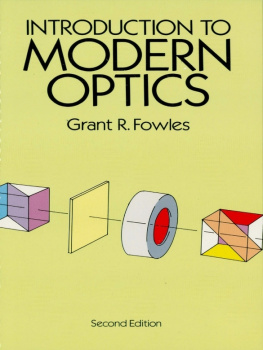
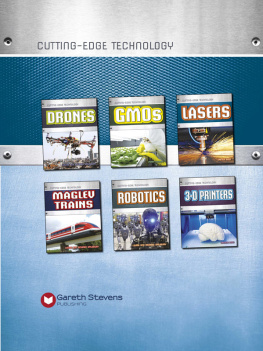
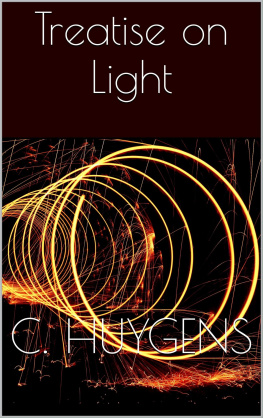


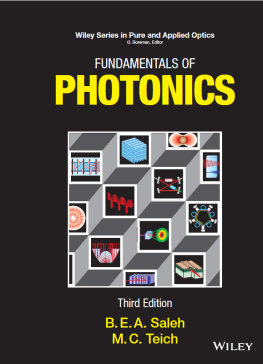
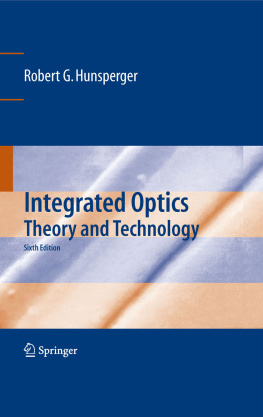
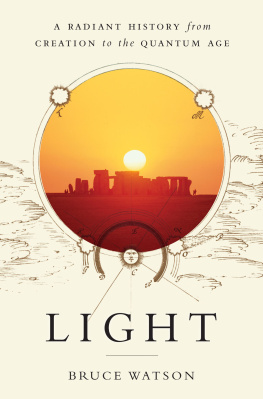
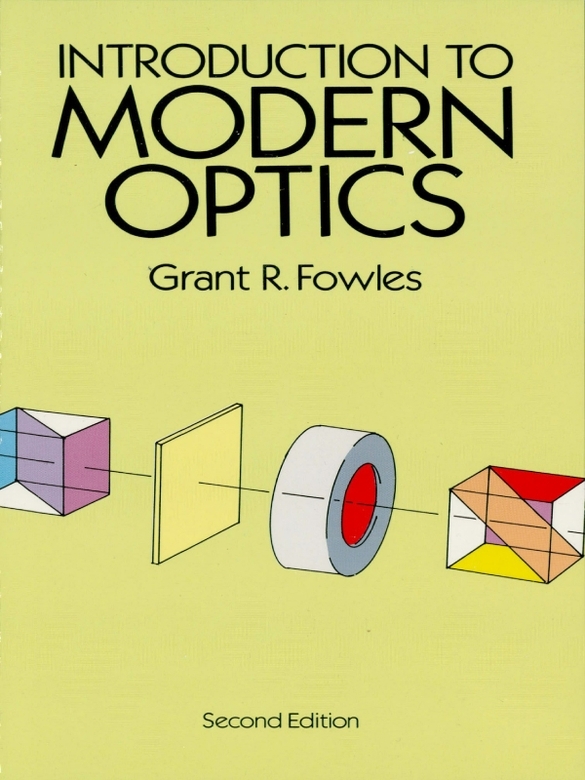
 wavelength.
wavelength.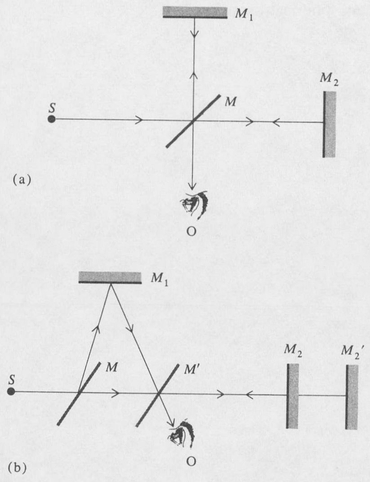

 . Thus
. Thus



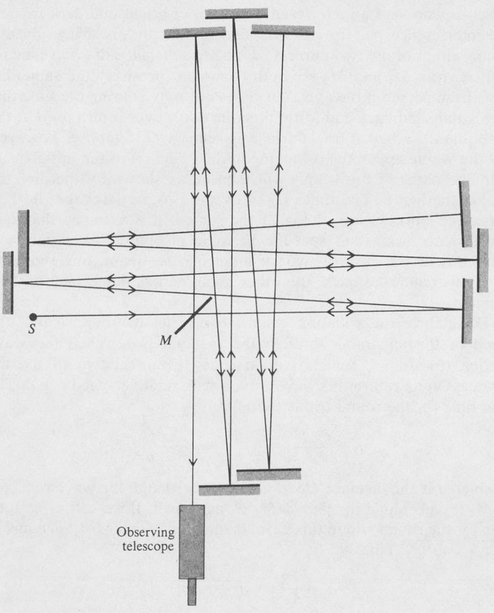
 . This amount of shortening, known as the Fitzgerald-Lorentz contraction, would just equalize the two light paths so that there would be no fringe shift. Now such an ad hoc explanation of the experiment is not very satisfactory, for the contraction is not capable of direct observation. Any attempt to measure it would fail, since the measuring apparatus contracts along with the object to be measured.
. This amount of shortening, known as the Fitzgerald-Lorentz contraction, would just equalize the two light paths so that there would be no fringe shift. Now such an ad hoc explanation of the experiment is not very satisfactory, for the contraction is not capable of direct observation. Any attempt to measure it would fail, since the measuring apparatus contracts along with the object to be measured.